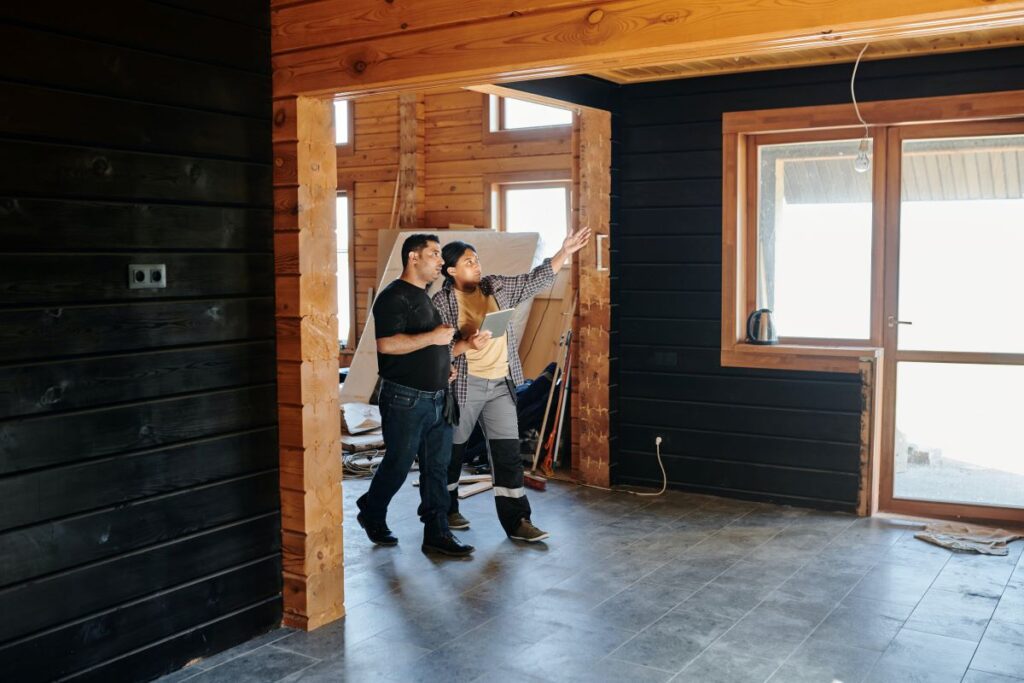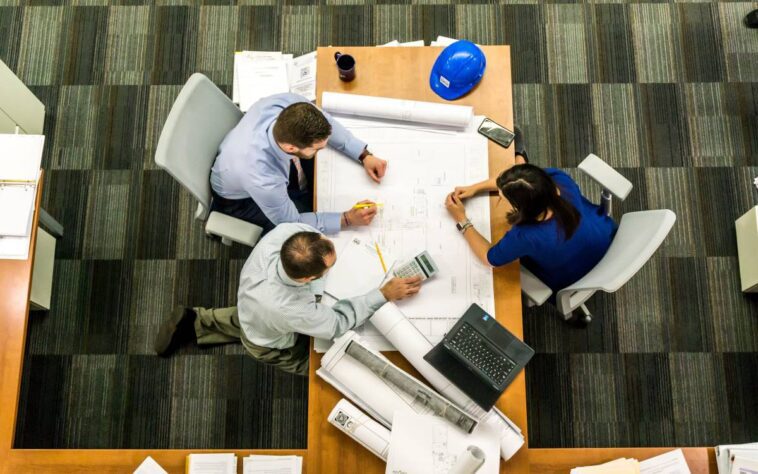In the dynamic construction world, striking a perfect balance between aesthetics and stability is not just an art; it’s a science. This delicate equilibrium is essential for creating safe, functional, and visually captivating structures. The architecture of a building reflects its soul, and its stability ensures its longevity.
In modern construction, innovative materials, cutting-edge technology, and thoughtful design principles converge to redefine this balance. Understanding and mastering this blend is critical, as it shapes the buildings that define our skylines and communities. Whether you’re an architect, a builder, or a connoisseur of great design, navigating this landscape of aesthetics and stability is vital.
Read on to discover how you can achieve this balance, creating eye-catching and enduringly stable structures.
The Role Of Quality Materials In Building Stability
In building construction, selecting the right materials is a crucial step. This decision determines the building’s stability, longevity, and safety. Companies like Reozone, known for their high-quality steel reinforcement, underscore the importance of premium materials in achieving structural integrity.
Below are key aspects to consider in this vital selection process:
- High-quality steel reinforcement: The indispensability of steel in construction stems from its strength and flexibility. Superior quality steel is critical in enhancing building stability, underpinning the structure’s ability to withstand diverse stresses from environmental factors to everyday use. This ensures the longevity and safety of the construction.
- Innovative building materials: The industry is witnessing a surge in materials like self-healing concrete, which repairs its cracks, and energy-efficient glass, reducing energy consumption. These innovations not only bolster the structure’s stability but also its environmental sustainability.
- Rigorous material testing: Ensuring materials endure over time involves rigorous strength and durability testing. This step is essential to guarantee that the materials will maintain their integrity and support the structure for years.
Quality materials form the backbone of any construction project. They ensure a stable and durable building, making a solid foundation for any architectural masterpiece.
Integrating Form And Function In Design Principles
The essence of architectural design lies in the seamless integration of aesthetics and practicality. This fusion ensures that buildings are visually appealing and meet the functional needs of their occupants.
Below are essential elements to consider in achieving this balance:
- Harmony with environment: Designing buildings that complement their surroundings enhances their aesthetic value. This involves considering local landscapes, cultural elements, and even climate conditions. The aim is to create structures that are both beautiful and in harmony with their environment.
- Prioritizing functionality: Every design element should have a purpose. This means considering how space is used, ensuring ease of movement, and providing comfort. It’s about creating user-friendly spaces that meet the practical demands of daily activities.
- Enhancing aesthetic appeal: Architectural elements like color, texture, and shape are tools for creating visual interest. Thoughtful application of these elements can transform a building into a work of art, making it stand out while blending with its intended purpose.
Effective design principles are critical in constructing beautiful and functional buildings. This approach ensures that structures meet the eye’s desire for beauty and the practical needs of those who use them.

Leveraging Advanced Technology For Smarter Construction
Advanced technology in construction is revolutionizing how buildings are designed, constructed, and maintained. Technology integration is pivotal in achieving a perfect balance between aesthetic appeal and structural stability.
The following are some technological innovations transforming the construction industry:
- Building information modeling (BIM): BIM provides a digital 3D model of a building, enhancing planning and coordination, minimizing errors, and allowing a holistic view for architects and engineers to ensure aesthetics and structure are integrated seamlessly.
- Sustainable technologies: Utilizing green technologies such as solar panels reduces a building’s environmental impact and improves operational efficiency. Building insulation using advanced materials and techniques enhances energy efficiency and sustainability, making it an essential element of smart construction practices.
- Safety innovations: Construction technology advancements have enhanced safety on construction sites. Wearable tech monitors worker health and safety, while drones inspect challenging areas, ensuring a safer environment and bolstering building stability and longevity.
Incorporating these advanced technologies is crucial for the future of construction. They enable the creation of buildings that are not just visually impressive but also structurally sound and environmentally responsible.
Best Practices In Construction Management
Effective construction management is the linchpin of any successful building project. It ensures the smooth execution and completion of construction, balancing the aesthetic and stability aspects efficiently.
Here are some fundamental practices in construction management:
- Comprehensive project planning: Detailed planning is crucial for the success of a construction project. Setting realistic timelines, defining objectives, and mapping out every project phase. Effective planning helps anticipate potential challenges and devise strategies to mitigate them, ensuring the project progresses smoothly.
- Rigorous quality control: In construction, maintaining high quality is a must. This involves regular inspections of materials, workmanship, and processes. Strict quality control measures are in place to ensure everything meets or exceeds industry standards, enhancing the building’s durability and safety.
- Efficient resource utilization: Efficient resource management in construction means using materials, labor, and time wisely to save costs and reduce waste. It’s about allocating and monitoring resources effectively throughout the project.
In essence, construction management best practices ensure that every aspect of the project aligns with the intention to create a beautiful and sturdy building.
Conclusion
The art of building construction lies in meticulously blending aesthetics with stability. This task demands attention to every detail, from the choice of materials to the final design. It’s about creating structures that catch the eye and stand the test of time. This journey, marked by the thoughtful selection of materials, innovative design principles, technological advancements, and effective management strategies, culminates in buildings that are not just structures but landmarks.




